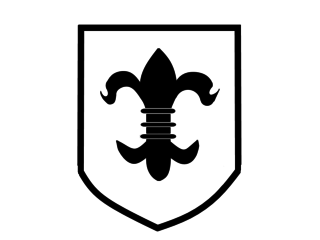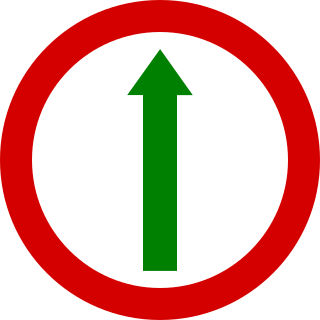
The 1st Panzer-Division was an armoured division in the German Army during World War II.
The German 206th Infantry Division, was a military unit that served during World War II. Like most German infantry units it had no motorization, and relied on leg and horse mobility.

The 13th Panzer Division was a unit of the German Army during World War II, established in 1940.
The 21st Panzer Division was a German armoured division best known for its role in the battles of the North African Campaign from 1941 to 1943 during World War II when it was one of the two armoured divisions making up the Deutsches Afrikakorps (DAK).

The 8th Panzer Division was a formation of the WehrmachtHeer. The division was formed by reorganising the 3rd Light Division in October 1939. It was transferred to the west and fought in the Battle of France, in May 1940, and the German invasion of the Balkans in April 1941. Soon after the division advanced towards Leningrad under Army Group North in Operation Barbarossa, and would remain on the eastern front for the remainder of the war. Staying on defensive fronts, it saw action in the relief of Kholm in 1942, Orel and the withdrawals of Army Group Centre in 1943, until transferred to Army group South. The division then fought in a series of retrograde movements, back through Ukraine, into Hungary and finally into Silesia and surrender in May 1945.

The 6th Panzer Division was an armoured division in the German Army, the Heer, during World War II, established in October 1939.
The XXXIX Panzer Corps was a German panzer corps which saw action on the Western and Eastern Fronts during World War II.
The 21st Infantry Division was a German military unit which fought during World War II.

The 246th InfantryDivision was a division of the German Wehrmacht during World War II. Towards the end of the war, it was redeployed under the name 246th Volksgrenadier Division.

The 14th Panzer Division was an armoured division in the German Army during World War II. It was created in 1940 by the conversion of the 4th Infantry Division.

The 15th Infantry Division was an infantry division of the German Army during the interwar period and World War II, active from 1934 to 1945.

The 389th Infantry Division was a German division of the Wehrmacht in the Second World War, which fought for example in the Battle of Stalingrad. It was formed on 27 January 1942 in Milowitz.

The 113th Infantry Division was an infantry division of the Wehrmacht in World War II.

The 31st Infantry Division was a German infantry division of the Army during World War II. It participated in the invasion of Poland in 1939 then the invasion of France and the Low Countries in 1940. As part of Panzergruppe 2. of Army Group Centre, it was involved in the invasion of the Soviet Union in June 1941. After hard fighting throughout 1941 and 1942 it joined the 9th Army and fought in the Battle of Kursk in July and August 1943. Along with the rest of the 9th Army, the division conducted a fighting withdrawal for the remainder of 1943, during which it sustained heavy casualties. In the early stages of the Soviet Operation Bagration of June to August 1944, the 31st Infantry Division was destroyed, a fate which subsequently befell most of Army Group Centre. The division was officially disbanded on 18 July 1944.

The 81st Infantry Division was an infantry division of the German Army during World War II. It was active from 1939 until 1945 and served primarily on the Eastern Front.

The 88th Infantry Division was a major fighting formation of the German Army (Wehrmacht). It was created in December 1939, and first saw combat in the Battle of France, and was then posted to security duties. From December 1941, the division was shifted to the southern sector of the Eastern Front, where it fought until February 1944 when it was encircled near Cherkassy and virtually destroyed.

The 342nd Infantry Division was a formation of the German Wehrmacht during World War II. Established on 19 November 1940, it was formed from elements of two existing divisions. It first served as part of the occupation forces in France between June and September 1941 and was then largely responsible for the brutal repression of resistance in eastern parts of Axis-occupied Yugoslavia between September 1941 and February 1942.

The 183rd Infantry Division was a German infantry division in World War II.

The 258th Infantry Division was an Infantry Division of the German Army in World War II.

The 339th Infantry Division was a German military unit which fought during World War II.
















